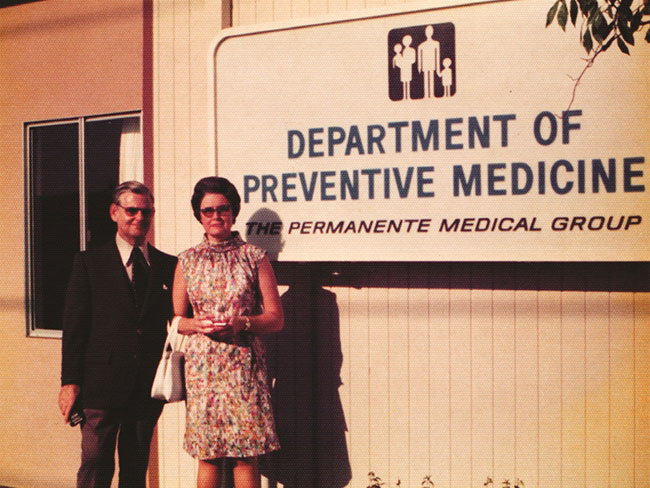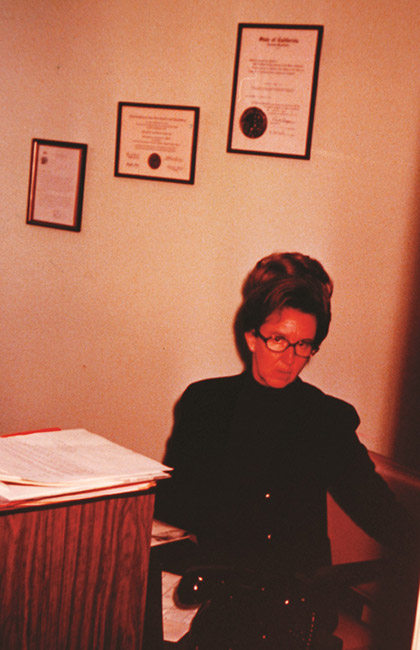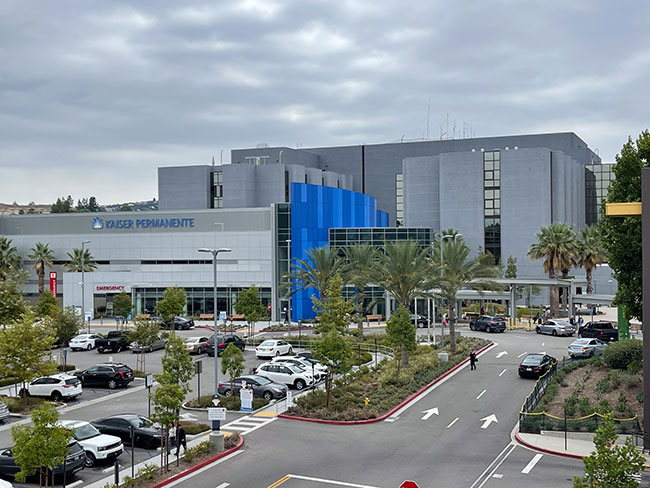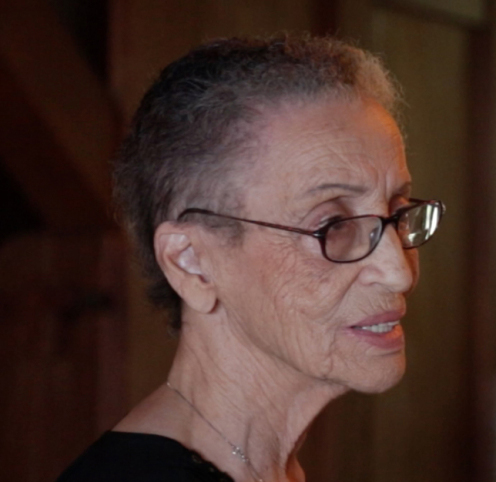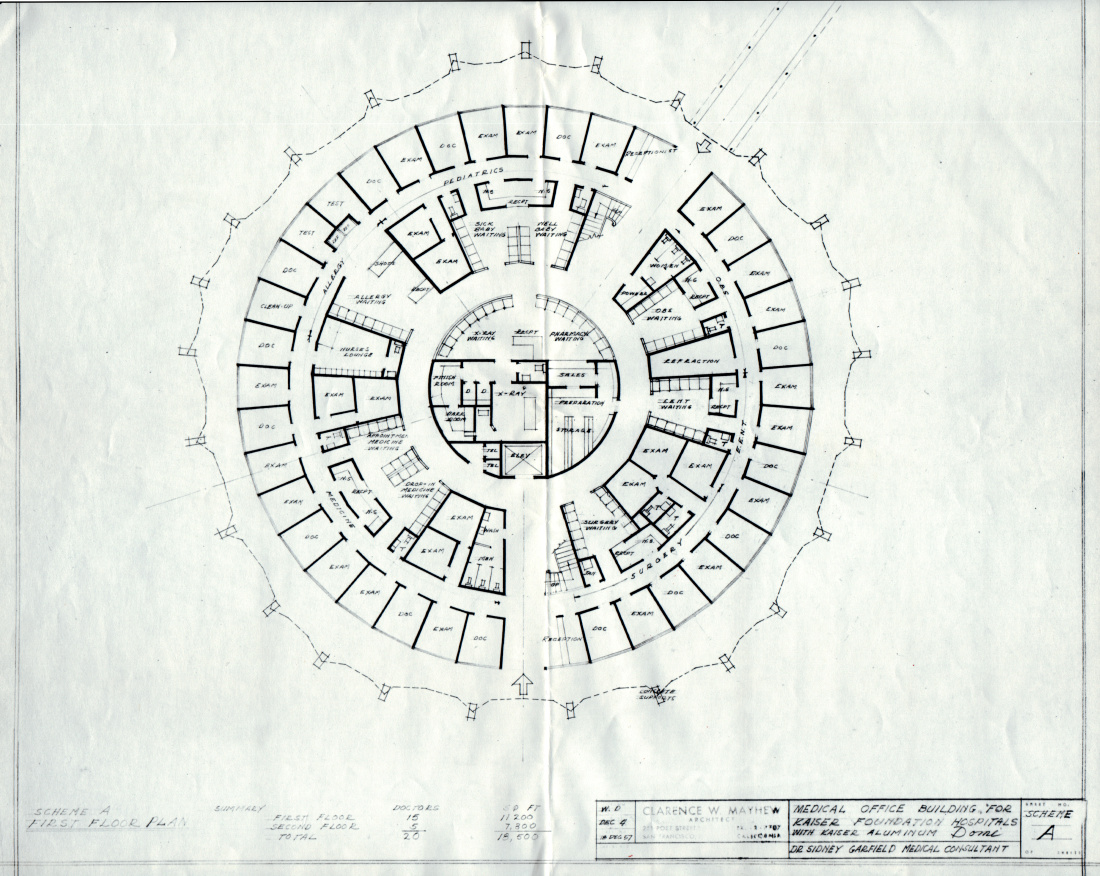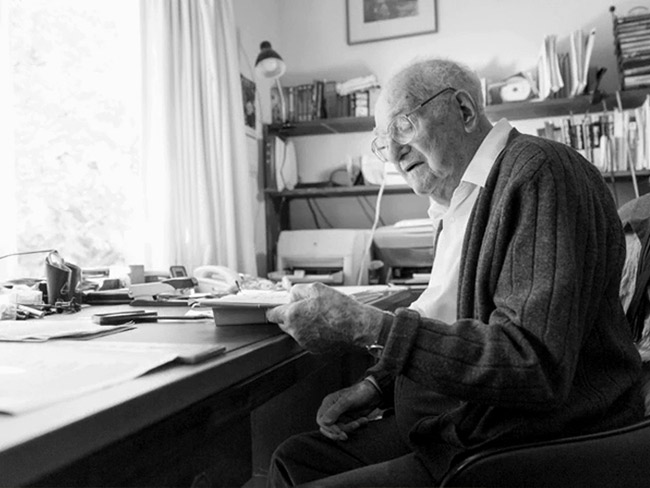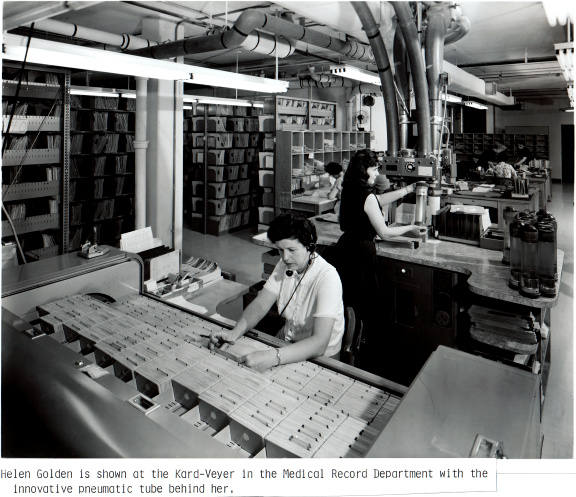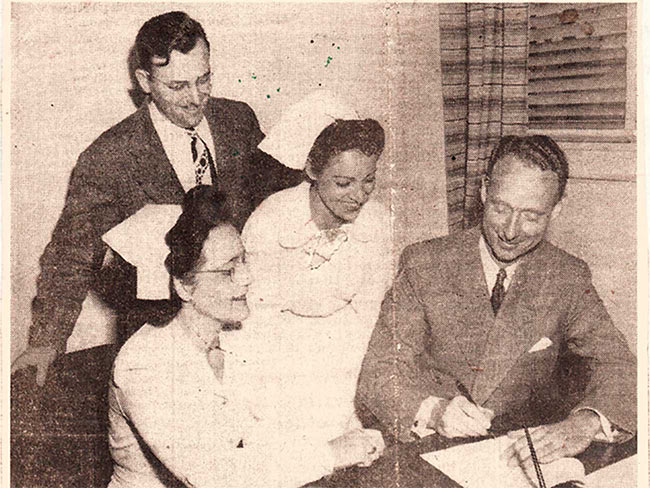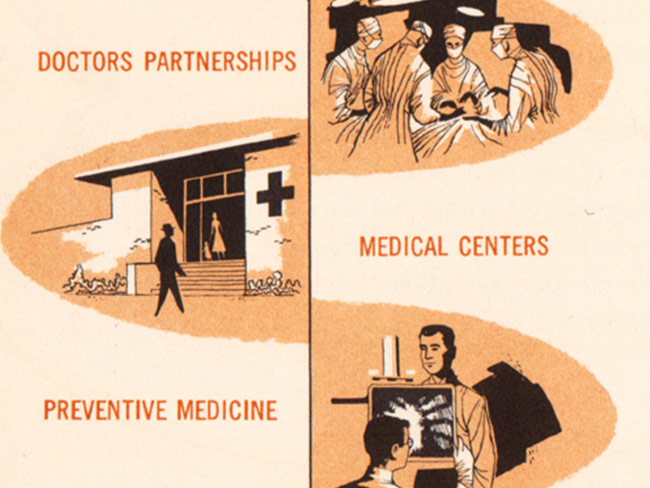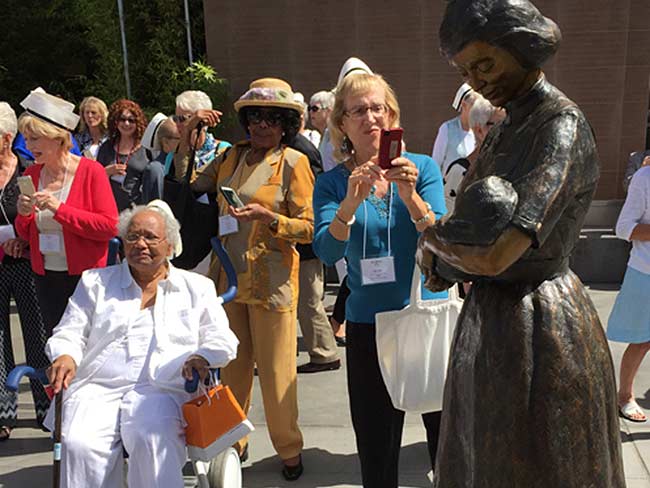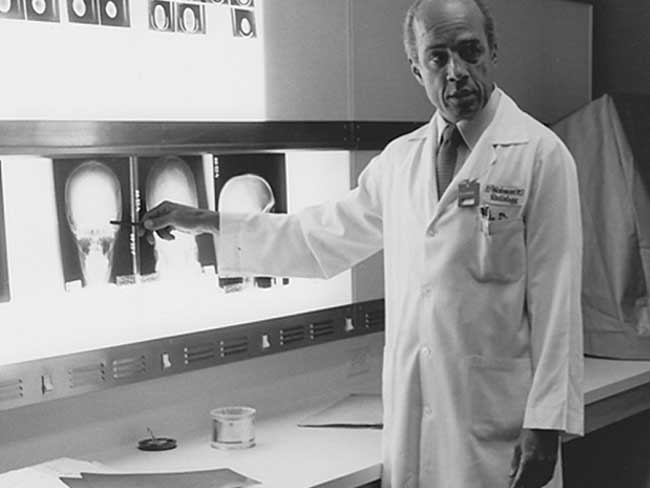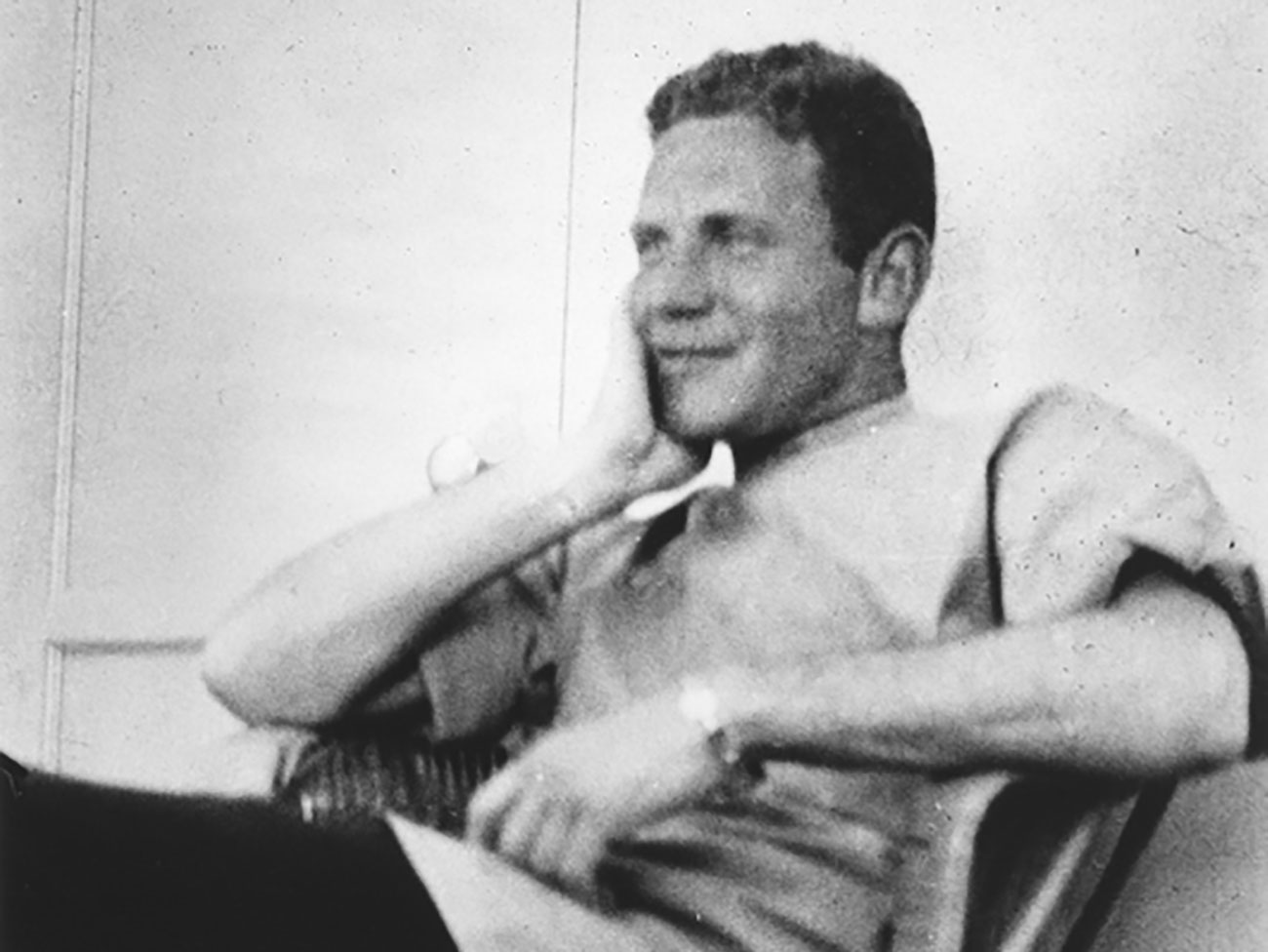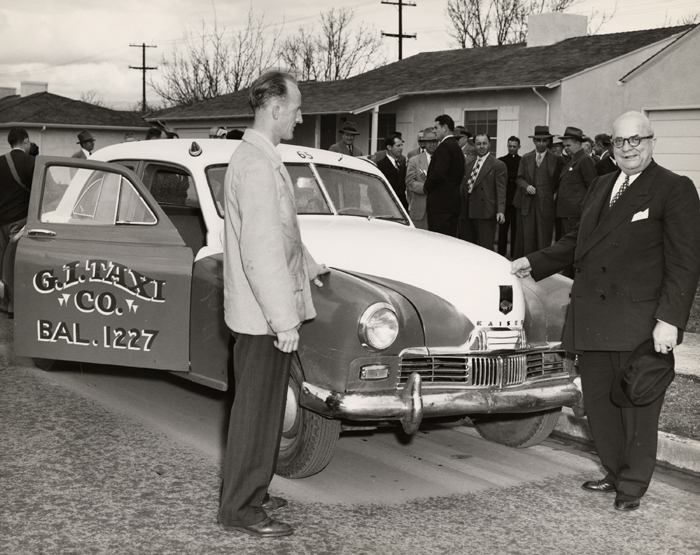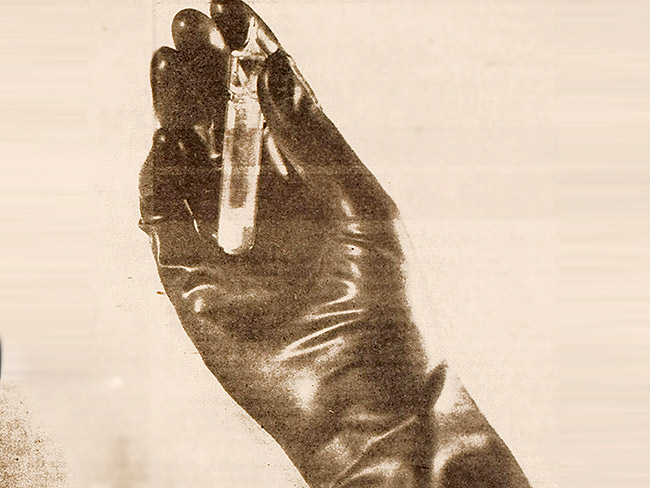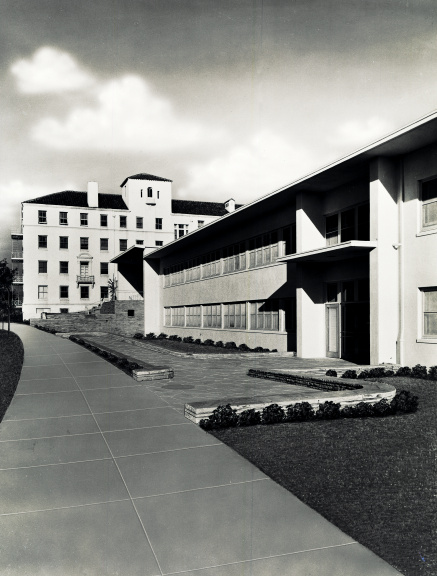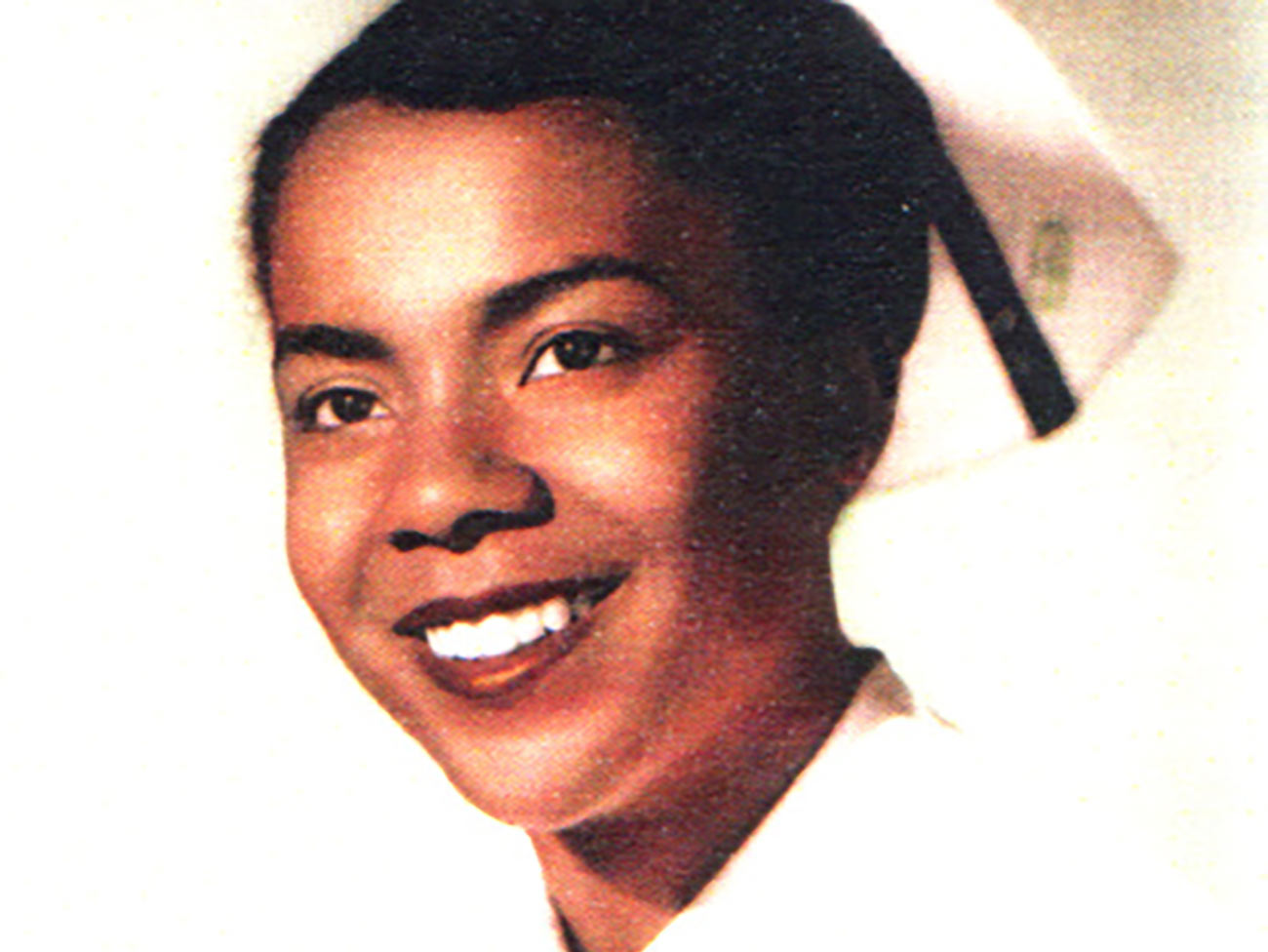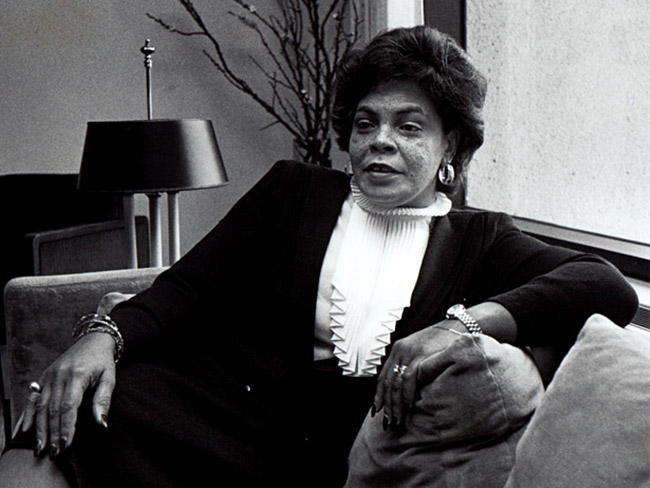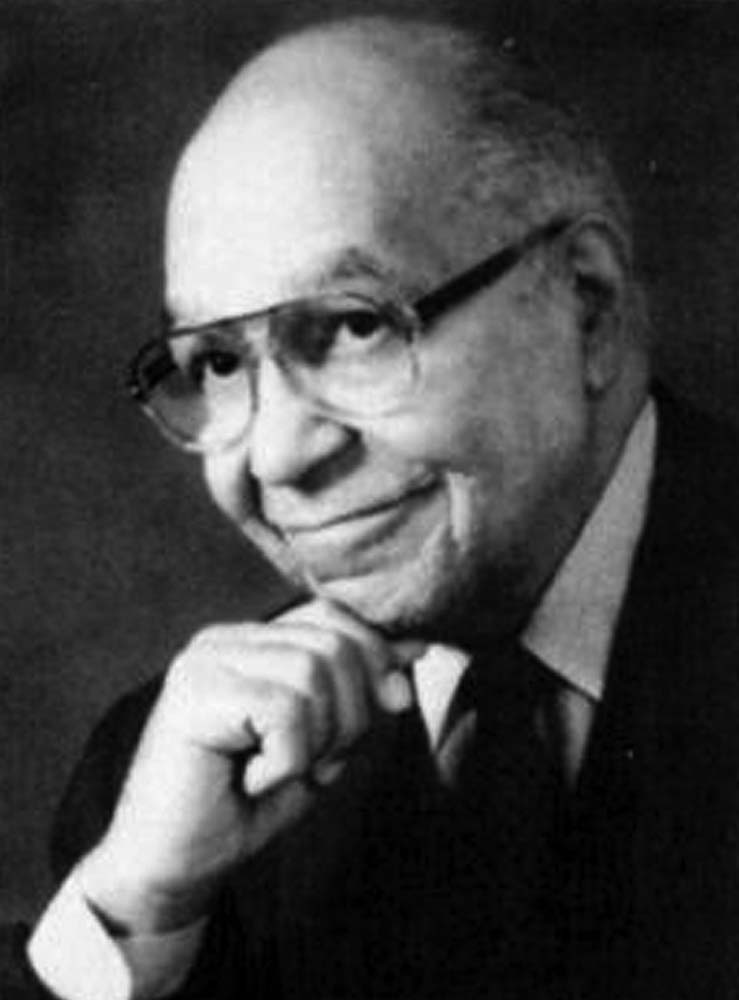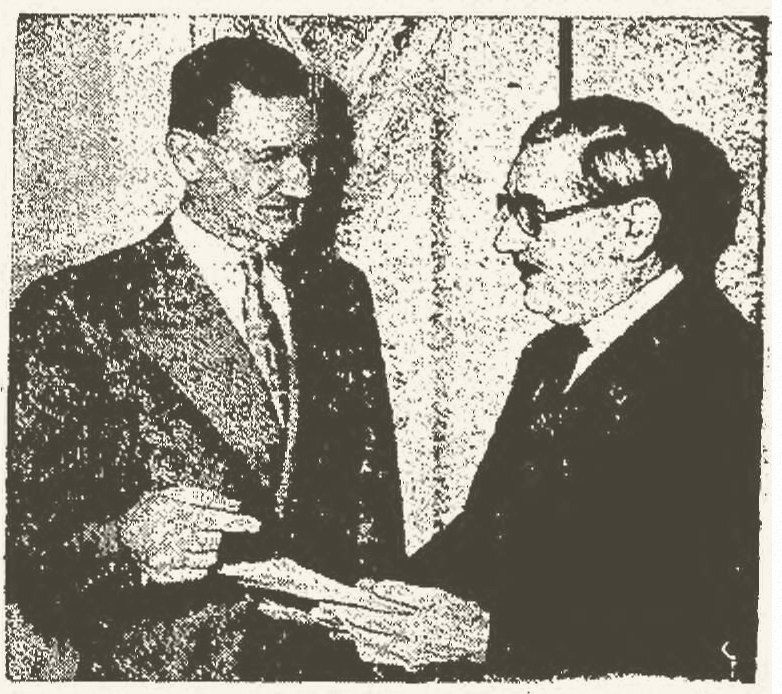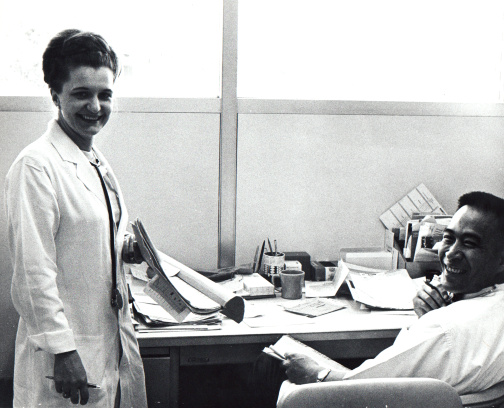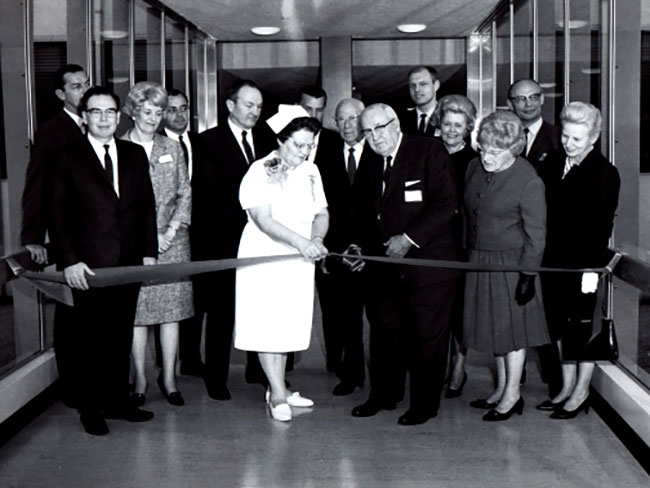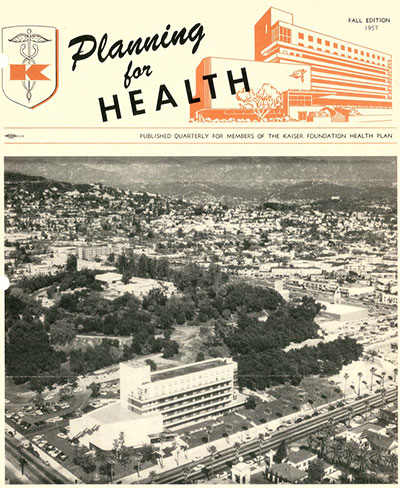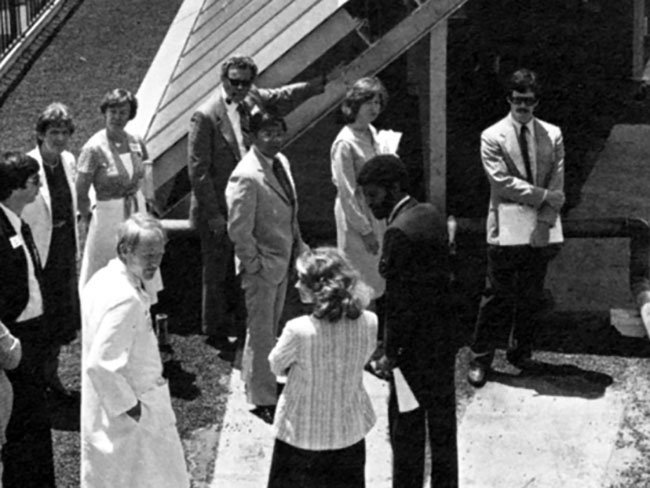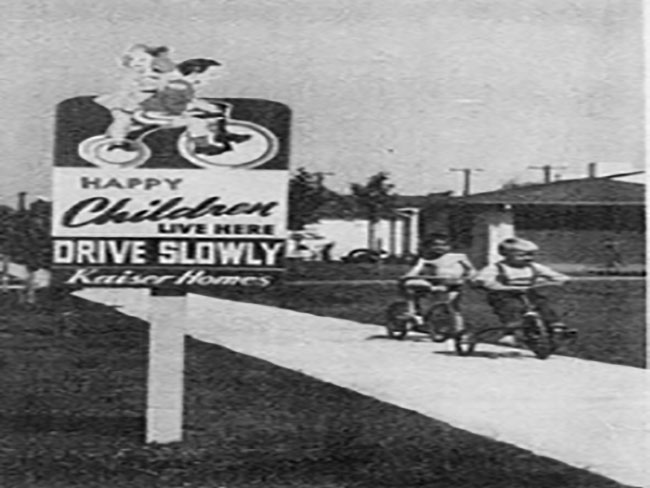Nurse practitioners: Historical advances in nursing
A doctor shortage in the late 1960s and an innovative partnership helped what was then a novel care profession grow and thrive.
Nurse practitioner T. Boisen (left) giving a physical exam to a young patient at Kaiser Permanente Santa Clara Medical Center in 1972.
“The nurse practitioner will see you now.”
While you may not have heard these words exactly, you or one of your loved ones has likely received care from a nurse practitioner.
Nurse practitioners have either a master’s or doctorate degree plus many hours of clinical experience and training. They diagnose and treat many common illnesses, provide primary care, and provide specialty inpatient care, at intensive care nurseries for example. At Kaiser Permanente, our nurse practitioners allow us to care for more patients and expand our ability to improve the health of our members.
It wasn’t always this way. Kaiser Permanente played a key part in advancing the role of nurse practitioners and ensuring their stature in California.
Doctor shortage sparks a change
The history of nurse practitioners at Kaiser Permanente can be traced back to a physician shortage in the late 1960s. At that time, The Permanente Medical Group in Oakland, California, launched a program that allowed high-performing nurses to undergo training from physicians in pediatrics, expanding their scope of care. The first nurse practitioner program at the University of Colorado inspired the program in Oakland. Clair Lisker from the Kaiser Foundation School of Nursing was instrumental in designing the new TPMG program, and the Southern California Permanente Medical Group soon followed with its own program.
As the physician shortage continued into the early 1970s, our first college-trained nurse practitioner, Linda Lee, took on some of the work previously reserved for physicians at the Kaiser Permanente Sacramento Hospital, now the Kaiser Permanente Sacramento Medical Center in California.
Albert Kahane, MD, the chief of ob-gyn at the hospital, was impressed with Lee’s work, so he started to look more closely at a potentially greater role for nurse practitioners in medicine at his medical center.
Dr. Kahane received a grant to study how this relatively new and largely unknown profession could help support primary health care. However, there weren’t enough formally trained nurse practitioners to complete the study.
At the same time, students training to become nurse practitioners at the University of California, Davis were having difficulties securing a hospital at which to complete their clinical assignments.
An innovative partnership
Seeing the need at UC Davis, Dr. Kahane’s wife, Mildred “Millie” Kahane, a registered nurse and assistant professor of nursing at Sacramento State College (now California State University, Sacramento), collaborated with UC Davis and Carl Henriques, MD, an allergist at Kaiser Permanente Sacramento Hospital, to expand California’s first college-based nurse practitioner program.
The partnership allowed student nurse practitioners to obtain clinical experience at our hospital in Sacramento, which helped fulfill their UC Davis coursework. Dr. Henriques became an instructor in the nurse practitioner program at UC Davis, and Kaiser Permanente nurses were encouraged to enter the program.
After graduation, many of the nurse practitioners came to work at our Sacramento hospital in the maternity department with Dr. Kahane and became part of the study he was working on.
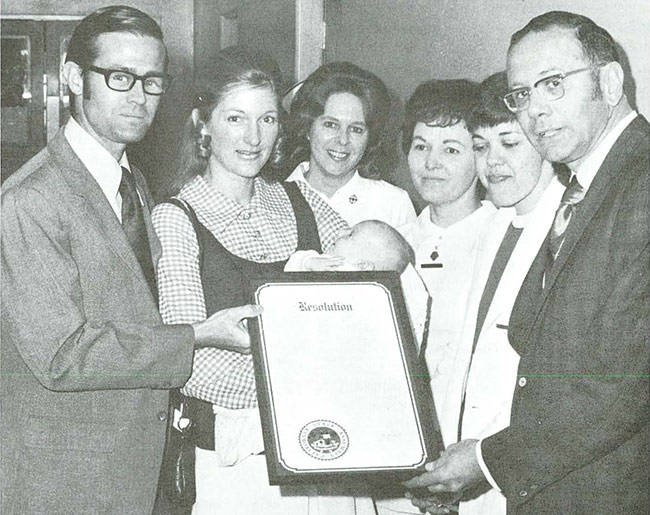
Dr. Albert Kahane (far right) and his team behind a recognition award from the California State Assembly for excellence in providing maternity care at Kaiser Permanente Sacramento Medical Center in 1972.
Expanding a critical role
The partnership with UC Davis turned out to be an important moment in Kaiser Permanente’s history and the history of health care innovation in the state.
In 1972, the California Assembly recognized the nurse practitioners working with Dr. Kahane at the Kaiser Permanente Sacramento Hospital for their health care contributions. Then in 1975, Dr. Kahane helped the California Board of Registered Nursing establish the first state regulations for nurse practitioners, officially recognizing the profession in California.
Nurse practitioners continue to play an essential role within care teams not only at Kaiser Permanente, but across the country. In 2016, nurse practitioners in the greater Sacramento area provided approximately 6,000 consultations (about 15 patients a day) to Kaiser Permanente patients. In Georgia, Kaiser Permanente nurse practitioners manage and run 3 wellness clinics for employees of the City of Atlanta, Cobb County, and Gwinnett County, managing thousands of care visits annually.
Nationally, as of May 2021, there were over 325,000 nurse practitioners licensed in the United States, with 70% of them delivering primary care.
